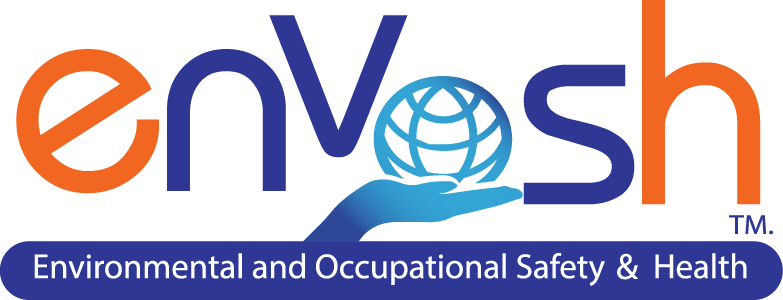OSHA Training for
General Industry
We train workers and develop written safety programs to reduce work-related illnesses, injuries, and fatalities. Resgister today for our 10 and 30-hour courses.
Register Learn More
Occupational Safety
The Occupational Safety and Health Administration (OSHA) regulations for confined spaces are crucial to ensuring the safety and well-being of workers who enter these hazardous environments. Confined spaces, such as tanks, pits, and silos, pose unique risks of entrapment, asphyxiation, and explosions. OSHA's regulations require employers to identify and evaluate these hazards, implement safety protocols, and provide training to workers on confined space entry procedures. By adhering to these regulations, employers can prevent accidents, injuries, and fatalities, and ensure a safer working environment for their employees. Effective confined space entry management saves lives and reduces costs.
Proper fall protection training is crucial in preventing workplace accidents. Falls are a leading cause of death among construction workers, and often, it's due to a lack of training or inadequate safety equipment. Effective training empowers workers to recognize potential hazards, select and use the right equipment, and respond to emergency situations. By investing time and resources into fall protection training, employers can significantly reduce the risk of accidents, protect their workers' well-being, and maintain a safe and compliant work environment. OSHA regulations emphasize the importance of regular training, making it a non-negotiable aspect of any fall protection program.
Worker safety hinges on robust training, especially when operating machinery. Guarding, a critical safety feature, acts as a physical barrier, preventing contact with hazardous moving parts. Training empowers employees to understand the purpose of these guards, identify potential hazards, and recognize when guarding is inadequate or compromised. Effective training includes proper machine operation, lockout/tagout procedures for maintenance, and the consequences of guard removal or circumvention. It fosters a culture of safety where workers are vigilant, proactively address issues, and understand their role in injury prevention. Ultimately, thorough guarding training protects lives, reduces workplace accidents, and improves overall productivity.
Preventing work injuries and promoting worker's health
Training & Development
We provide quality training in occupational safety for OSHA general industry. We empower employers, employees to develop environmental, occupational safety, and health skills, to promote a culture of sustainability and well-being in the workplace that enhances the overall organizational performance and reputation.
Prevention & Safety Assessment
We will evaluate and improve the effectiveness of your existing occupational safety plans. This process involves risk evaluation, control implementation, and continuous monitoring to minimize accidents, injuries, and illnesses, fostering a safe and healthy environment.
Health Promotion
We identify risk factors of health in work settings, communities, places of worship and work collaboratively with local partners, clients and union organizations to develop and implement working interventions to prioritize and address their concerns.

